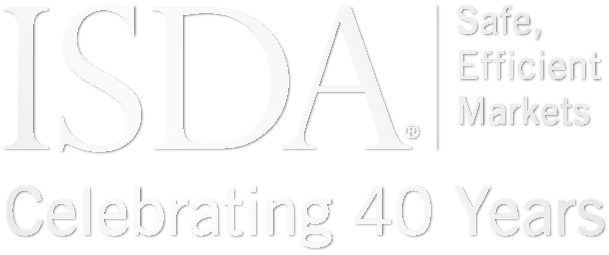This consultation sought input on the final parameters related for the adjustments that will apply to alternative risk-free rates (RFRs) if derivatives fallbacks are triggered. These adjustments are necessary because of the differences between the interbank offered rates and the RFRs.
The consultation is available here.
The deadline for responses to the consultation was October 23, 2019.
The Brattle Group has provided a workbook to help market participants understand the implications of the different options above and other variations for the historical mean/median approach to the spread adjustment. The Brattle Group has also provided a set of instructions for using the workbook. Bloomberg clients will be able to run this workbook based on historical data accessed through their desktop/Terminal environment. Please note that the actual compounded setting in arrears rate and spread adjustment may differ from what is produced in the spreadsheet once all technical issues related to the calculations are addressed. Importantly, the spread adjustment in the spreadsheet does not account for (a) a transitional period or (b) a “backward-shift” or “lockout” in calculating the compounded in arrears rate or with respect to the compounded RFR data in the spread adjustment. However, the spreadsheet should provide helpful information to market participants as they compare the different options and variations.
A recording of a market call answering questions about the consultation is available here.
Latest
Future Path - IQ December 2025
At the start of ISDA’s 40th anniversary year, IQ convened the pioneers of the association to reflect on how a desperate need for standardization in the early days of the derivatives market brought dealers together to develop a dictionary of...
Steps to a Vibrant Derivatives Market: SOM Remarks
Steps to a Vibrant and Resilient Derivatives Market December 4, 2025 Remarks at the Mediterranean Partnership of Securities Regulators Scott O’Malia ISDA Chief Executive Officer Good afternoon and thank you to the Mediterranean Partnership of Securities Regulators (MPSR) for...
ISDA Response to BoE on Gilt Market Resilience
On November 28, ISDA responded to the Bank of England’s discussion paper on gilt market resilience. ISDA encourages the Bank of England, before introducing any significant policy changes that would affect the functioning of the gilt repo market, to consider...
Addressing Termination Troubles
When Enron announced a shock $618 million loss on October 16, 2001, it took a further 47 days until it filed for bankruptcy. For Bear Stearns, it took 266 days between its bailout of a structured credit fund run by...



